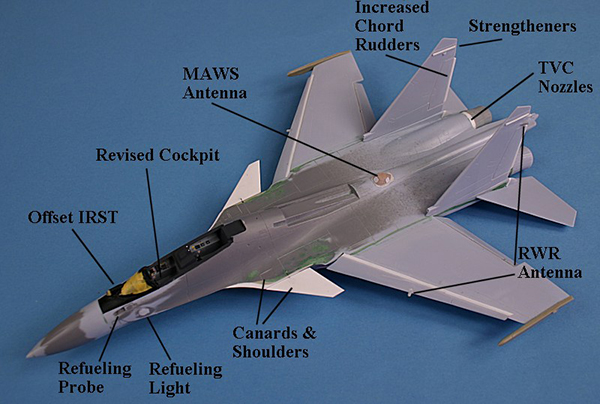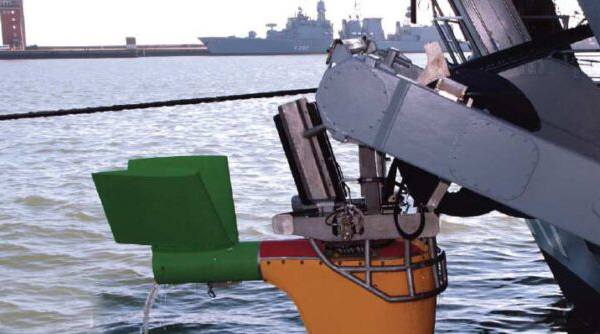The Comptroller and Auditor General (CAG) of India tabled a scathing report on the performance of the Defence Research and Development Organisation (DRDO) in Parliament on 22 December. Titled “Management and Outcome of Mission Mode Projects in DRDO,” the report is an audit of the DRDO’s selected projects. Mission mode projects are high-priority projects that have to be completed by DRDO under a predetermined time period and cost.
These projects use technologies that are already available to DRDO or could be procured easily from commercial entities. This shortens the time frame of induction of the systems into the armed forces.
Time and Cost Overruns
The CAG report has pointed out various irregularities in timelines and cost overruns in the report, among other factors plaguing DRDO-run projects.
Of the 178 projects, 119 faced time overruns. The timelines of these projects were extended multiple times, delaying the development of critical equipment needed by the armed forces. Moreover, 49 of the projects took double the time to complete. Some projects saw a delay of 500 per cent, the report points out.
Between January 2010 and December 2019, the DRDO had closed 103 mission mode (MM) projects, undertaken on proven and readily accessible technologies, incurring an expenditure of ₹2,505.23 crore. More than that, 75 MM projects were continuing as of December 2019, and ₹2,997.57 crore of the sanctioned amount of ₹9,056.90 crore had already been spent on them.
Of the 86 projects labeled successful between January 2010 and December 2019, 20 projects were closed without meeting specific key parameters with an expenditure of ₹1074.67 crores, the CAG said in its damning report.
Towed Sonar Project
One example cited by CAG to illustrate “irregular closure” of cases and declaring them successful despite not achieving key objectives after five years was the case of the development of Advanced Light Towed Array Sonar. DRDO’s Kochi-based Naval Physical Oceanographic Laboratory took up this project in April 2012. In December 2021, this project was declared successful despite various shortfalls in torpedo detection, layer performance and active and passive sonar function, the CAG report mentions.
No time extensions were sought by the DRDO for the projects that didn’t meet performance requirements.
Surprisingly, the auditors noted that the trial report of 2018 stated that key parameters such as active and passive sonar function, layer performance, torpedo detection, and streaming time were not achieved. Other than that, the user evaluation report revealed that the system had failed to meet these key parameters
In their reply to the CAG, the DRDO was silent on granting premature successful status to the project but stated that further trials would be held to prove 41 of the 138 parameters needed for the Navy to accept it.
Missile Approach Warning System
Another instance the audit flagged was the Missile Approach Warning System (MAWS), which the Indian Air Force wanted DRDO to develop for SU-30 Mk-1 fighter aircraft. The defence ministry sanctioned the project to DRDO’s Bengaluru-based lab, the Defence Avionics Research Establishment (DARE), in 2008 at a cost of ₹273.80 crores. Strangely, though the Air HQ wanted DARE to carry out a feasibility study to determine whether they can be installed on SU-30 Mk-1, the lab developed the system in collaboration with a foreign firm at a cost of ₹213.03 crore and tested them on a transport aircraft. “In order to prove the developed DCMAWS on the Su-30 Mk-1, DARE proposed a separate user trial project at a cost of Rs 102.53 crore,” stated the CAG report.
Cartridge 0.5in Case
In July 2008, Air Headquarters had projected the requirement for development of Cartridge 0.5 inch (12 LL/195) to ARDE, as replacement for imported cartridges, with a delivery schedule of one year. However, the ARDE took five years in analysing the method of developing the indigenous cartridges and sanctioned the project in March 2014 at a cost of Rs 0.70 crore.
“The project was closed in July 2018 (expenditure: Rs 0.50 crore) and was termed successful. In the meantime, Air Headquarters imported 2,000 cartridges in July 2014,” the report noted.
Case of ‘secure mobile phones’
The CAG took note of instances where MM projects were taken up without the consent of the users. For instance, a project on ‘Development of Performance Assessment of Secure Mobile Phones’ was sanctioned by Director, CAIR (Centre for Artificial Intelligence and Robotics — a laboratory of DRDO) in May 2012 at a cost of Rs 4.95 crore.
This project was taken up by the DRDO on the request of DG Signals (February 2012) even though no Preliminary Staff Qualitative Requirement/ General Staff Qualitative Requirement (PSQR/GSQR) was given to the DRDO, according to the report.
In the case of developing secure mobile phones, in December 2012, CAIR placed a supply order to BEL, Ghaziabad, for supply of 300 handsets of E6 Nokia smartphones. BEL procured 300 handsets at the cost of Rs 1.50 crore and supplied them to CAIR. The project was closed in March 2014 after incurring a cost of Rs 3.12 crore.
“CAIR closed the project terming it successful, without receipt of evaluation of the software and phones by users. The users returned all the 300 smartphones in April 2016,” the CAG report said. It noted that the software was developed for a specific series of E6 Nokia phones, the production of which was stopped by the phone manufacturer.
In March 2021, the Army intimated that the performance of the ‘secure mobile phones’ had not been found satisfactory in user trials and the project taken up by the Council of Scientific and Industrial Research (CSIR) had not been successful.
Synergy Lacking With Armed Forces
The report also points out the “lack of synergy between the armed forces and DRDO”, “inefficiencies in the planning process”, and “inadequate monitoring of the project”, resulting in “variance in qualitative requirements”, delays and divergent views on outcomes of trials of various systems.
ToT Issues
“There were issues with ToT to production partners as well, which delayed production timelines leaving the forces with a gap in their combat capabilities,” the CAG report says.
“Out of 86 successfully closed projects, in 25 projects, the Transfer of Technology (ToT) has not been concluded or production has not started even after five to 12 years of successful closure of projects,” the report said.
Though the onus for non-conclusion of ToT and non-production of systems/items is not exclusively with DRDO, however, timely initiation and close interaction with user services could have resulted in more favourable outcomes, the CAG said.
Other Observations
The CAG audit also found that the DRDO had taken up new projects for developing certain products which were already under production by the Ordnance Factory Board (OFB), which comes under the defence ministry.
The CAG has recommended the DRDO should formulate its Annual Plan related to MM projects in consultation with the three services.
It has also suggested that the DRDO should ensure that delays in preparation of project proposals are avoided to mitigate the risk of technology becoming obsolete.



















